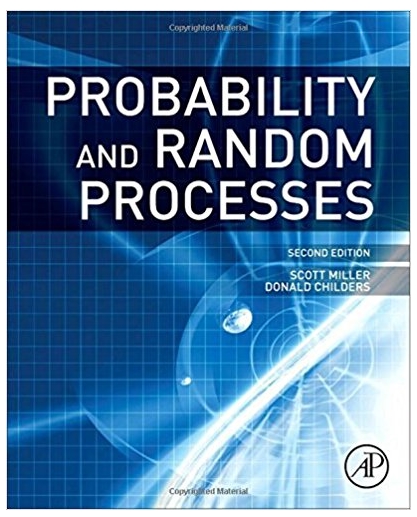A certain light bulb manufacturer makes two types of bulbs, a low- cost short- life ( S-type)
Question:
The parameter that appears in the above expression is for the S- type bulbs and for the L- type bulbs. It is known that of all the light bulbs the company manufactures 75% are S- type and 25% are L- type. Hence, before the experiment is run, the box in question has a 75% chance of being S- type and 25% chance of being L- type.
(a) If, after running the proposed experiment, it is observed that the bulb burned out after 200 hours, which type of bulb is most likely in the unmarked box? Mathematically justify your answer.
(b) What is the probability that your decision in part (a) turns out to be wrong? That is, if you decided that the box most likely contained L- type bulbs, what is the probability that the box actually contains S- type bulbs (or if you decided the box most likely contained S- type bulbs, what is the probability that the box actually contains L- type bulbs)?
Fantastic news! We've Found the answer you've been seeking!
Step by Step Answer:
Related Book For 

Probability and Random Processes With Applications to Signal Processing and Communications
ISBN: 978-0123869814
2nd edition
Authors: Scott Miller, Donald Childers
Question Posted:





